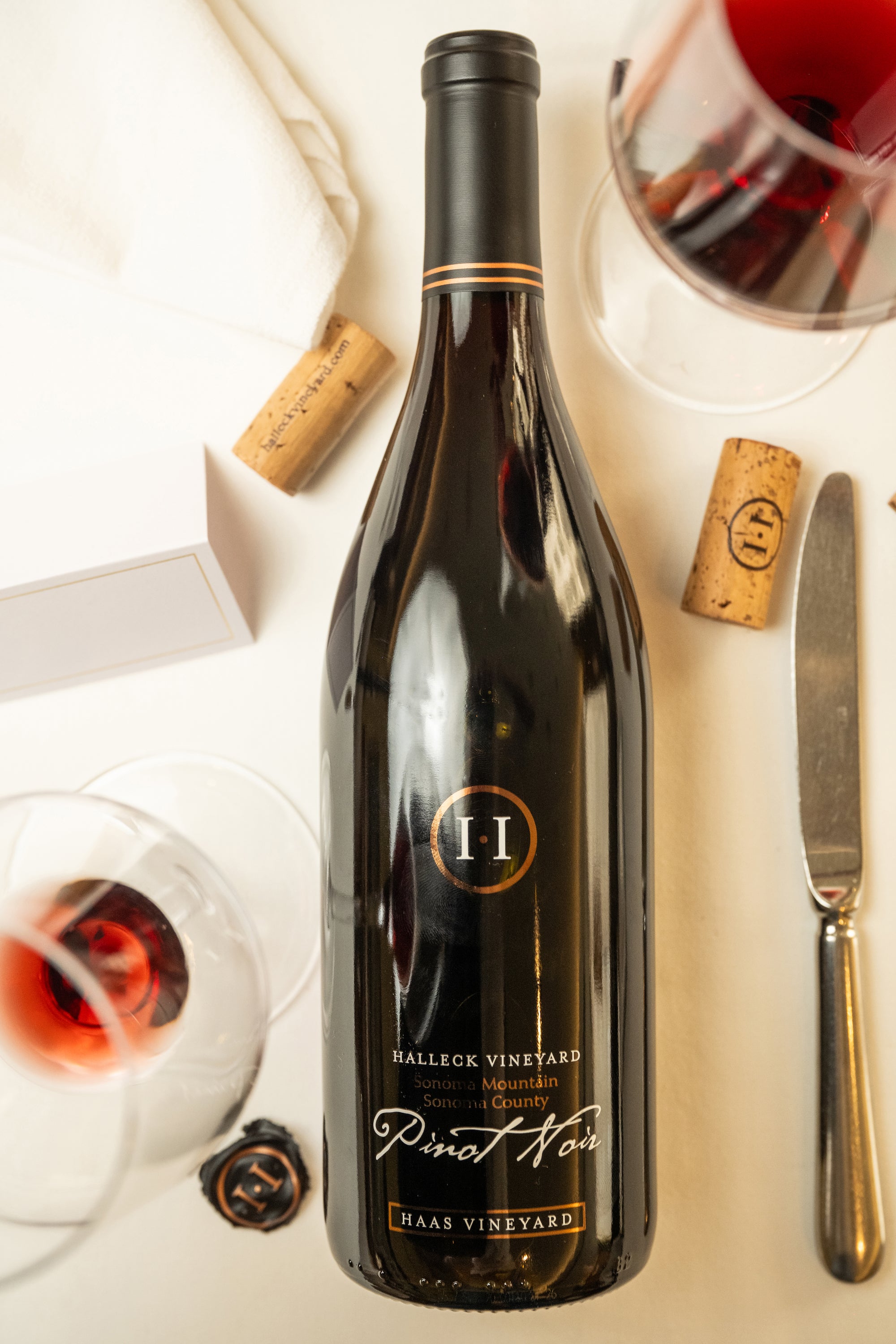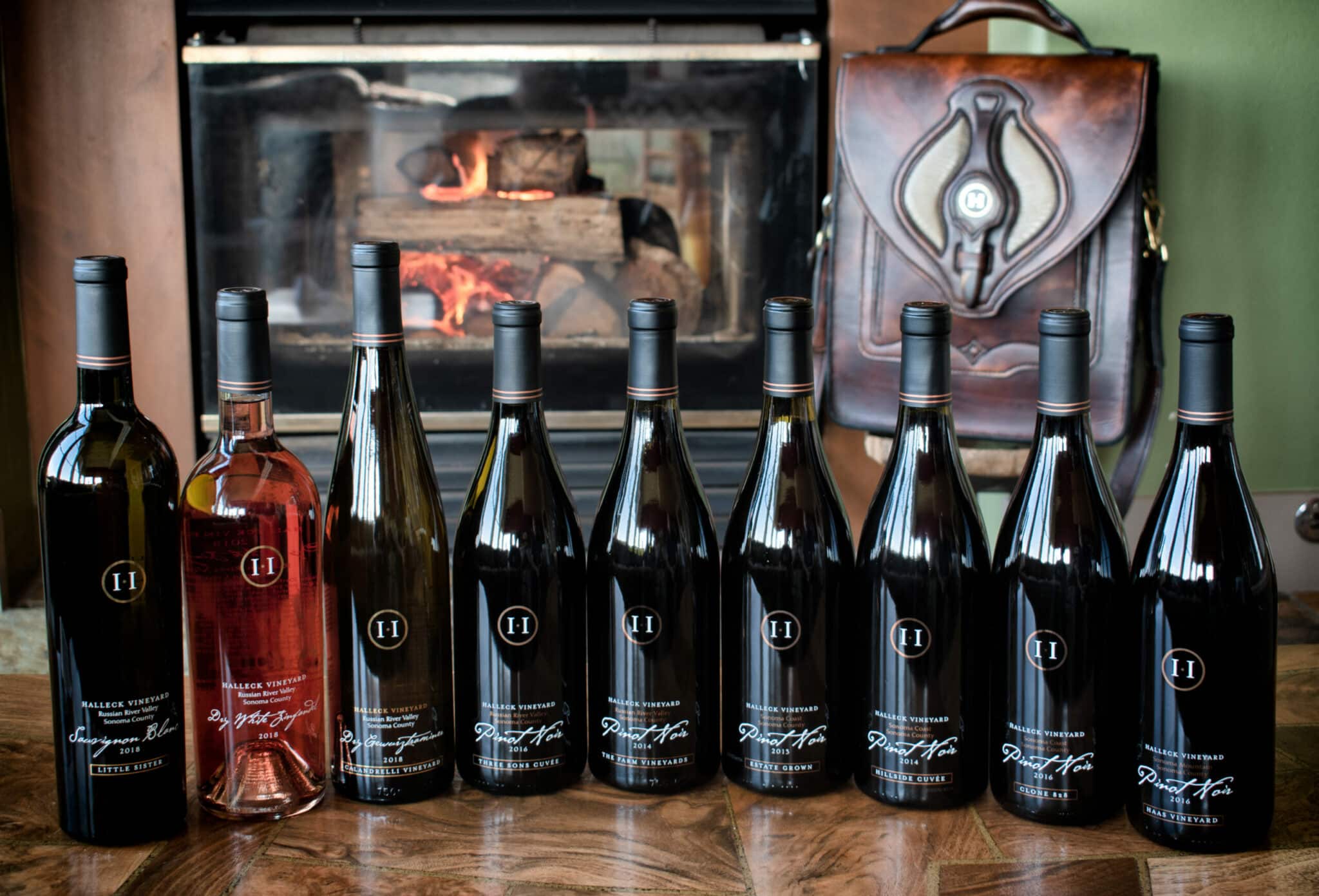Wineries With River Views - Sonoma Wine Tasting Spots
Wineries With River Views - Sonoma Wine Tasting Spots
Blog Article
Vineyard Picnic Spots In Sonoma Valley - Sebastopol's Vibrant Wine Scene
Wine tasting is an art that mixes sensory experience with an appreciation for the nuances of various varietals. How to judge flavors in winery wine tasting sessions is pivotal to greedy the complexities of wine.
Partaking in a wine tasting involves more than merely sipping and savoring. It requires a centered approach to establish aromas and flavors that every wine presents. As you start, observe the wine's look, noting its shade and readability. These visual cues usually suggest a wine’s age, grape variety, and even potential flavor profiles.
The subsequent step in the tasting process is to swirl the wine in your glass. This action releases aromatic compounds which may be important for evaluation. Lean in and take a moment to inhale deeply; the aromas can vary from floral and fruity to spicy and earthy. The nose of the wine is simply as necessary because the palate, and recognizing scents performs a major position in understanding the overall experience.
When taking your first sip, allow the wine to maneuver throughout your palate - Top Rated Wine Experiences In Sebastopol. Discover the preliminary flavors that current themselves. Is the wine fruity, floral, or maybe herbaceous? This preliminary style provides insight into what the wine is prone to express as you continue to gauge it. The mouthfeel additionally contributes to the overall flavor experience; it could be silky, tannic, and even effervescent.
Wineries Specializing In Sparkling Wines - Sebastopol's Best Wine Trails
As you proceed tasting, pay attention to the wine’s stability. A well-balanced wine will harmonize acidity, sweetness, and tannins. If one element overwhelms the others, it'd indicate a less fascinating high quality. Evaluating balance can help you establish how well the wine might pair with food.
Transitioning to the finish, consider how the flavors evolve as the wine lingers on your palate. A long, nice finish can point out a high-quality wine, while a short or abrupt end might counsel otherwise. Reflect on whether the flavors remain constant or if new notes emerge as the wine settles. This development can reveal complexities and intricacies that might not have been apparent in the preliminary tasting.
Temperature is also a crucial factor in evaluating wine flavors. Totally Different types of wine are optimally loved at particular temperatures. White wines often shine when chilled, whereas red wines usually perform finest at room temperature. When tasting, ensure the wine is at the acceptable temperature to completely appreciate its character.
Spectacular Vineyard Views In Sonoma - Finding Good Wineries For Wine Tasting
Pairing food with wine can tremendously improve the tasting experience. Meals can affect the notion of flavors in wine, either highlighting certain traits or diminishing them. When evaluating flavors, contemplate how the wine interacts with completely different foods, noticing which flavors are amplified or muted (Innovative Wine-Making Techniques In Sonoma Valley).
Contemplate the affect of terroir as you engage in a winery tasting. Terroir encompasses the distinctive environmental factors that have an result on grape growing, together with soil composition, climate, and geography. Understanding a wine's terroir can present insight into its flavors and aromas, fostering a deeper appreciation for the alternatives made during its cultivation and manufacturing.
Education plays a basic function in enhancing one's capability to evaluate wine flavors. Studying about grape varieties, wine areas, and production methods can pave the greatest way for extra knowledgeable judgments during tastings. Additionally, attending workshops or classes can refine sensory skills and expand your flavor vocabulary, enabling you to articulate tasting notes more effectively.

Finally, it's important to keep in thoughts that evaluating wine flavors is a highly personal experience. Particular Person preferences and perceptions will invariably form one’s tasting journey. Enjoyment ought to be on the forefront, with the analysis process appearing as a software to enhance understanding and appreciation quite than create inflexible pointers.
Wineries Offering Educational Wine Seminars - Sonoma's Best Vineyards
In conclusion, mastering how to evaluate flavors in winery wine tasting periods involves a mix of sensory engagement, knowledge, and practice. By learning to identify aromas, assess the steadiness, and appreciate the intricacies of flavor, wine enthusiasts can deepen their connection to each bottle they encounter. As with any art form, the more one immerses themselves within the experience, the extra they will uncover and enjoy the huge world of wine.
- Start by observing the wine's colour and readability, as these visual components can hint at its flavor profile and getting older potential.
- Swirl the wine gently in your glass; this releases aromatic compounds, allowing you to raised identify the complicated scents related to the wine.
- Take a deep inhale earlier than tasting, focusing on each major and secondary aromas to gather insights on fruits, spices, and different nuances.
- When tasting, allow the wine to coat your palate; note the initial flavors, the mid-palate complexity, and the finish as these phases can present completely different flavor highlights.
- Pay consideration to texture and mouthfeel, as features corresponding to tannin ranges, acidity, and sweetness contribute considerably to the overall tasting experience.
- Compare flavors towards commonplace wine traits; for purple wines, consider berry notes, oak affect, and herbal tones, whereas whites could include citrus, stone fruits, and floral hints.
- Take notes during the tasting session to track your impressions, serving to you to recollect and consider the different wines sampled.
- Discuss your findings with fellow tasters or winery employees, as sharing insights can improve understanding and appreciation of particular person flavors.
- Enable time for the wine to breathe; generally, flavors evolve and reveal new dimensions after being uncovered to air.
- Experiment with food pairings during the tasting as they'll dramatically alter how flavors are perceived, influencing general enjoyment.undefinedWhat ought to I look for when evaluating the aroma of wine during a tasting?
Start by swirling the wine in your glass to release its Click Here aromas. Deliver the glass to your nostril and take a deep breath. Pay attention to the primary scents you detect, as these are often the most distinguished. Look for fruit, floral, natural, or earthy notes and try to determine specific characteristics, which is able to deepen your understanding of the wine's complexity.
Wineries Offering Private Events - Exploring The Vineyards Of Sonoma

How can I distinguish between completely different flavor profiles in wine?
Perceive that flavor profiles are often categorized as fruit, floral, herbaceous, spicy, or mineral. Take small sips and permit the wine to coat your palate. Discover the primary flavors that emerge first and the subtle notes that comply with. This layering is essential in distinguishing the wine's traits and can allow you to recognize its unique profile.
Wineries In Sebastopol - Discovering Sonoma Area Wineries
What is the importance of the wine's texture in a tasting?
The texture of the wine, also called mouthfeel, plays a crucial function in how we understand flavors. Pay consideration as to if the wine feels clean, creamy, or gritty. The body of the wine (light, medium, or full) can improve or contrast with flavors, offering a more rounded experience during tasting.
How do I assess the stability of flavors in wine?
Balance in wine refers back to the harmony between acidity, sweetness, tannin, and alcohol. Take a moment to evaluate whether these parts complement or interfere with one website here another. A well-balanced wine will have none of its components overpowering the others, creating a pleasant tasting experience.
Wineries Pairing Wine With Chocolate - A Winery In The Sonoma Valley To Discover
What function does temperature play in evaluating wine flavors?
Temperature can considerably impact the notion of flavors. Usually, purple wines are greatest served slightly under room temperature, while white wines take pleasure in being chilled. As the temperature modifications, the aromas and flavors can shift, allowing you to perceive totally different traits. It’s essential to taste wine at its optimum temperature for true analysis.
Wineries Featuring Seasonal Wine Events In Sonoma - Wineries In The Sebastopol Region
How can I improve my tasting skills over time?
Practice is key to improving your tasting skills. Wineries With Unique Wine Blends. Attend tastings, maintain a journal of your experiences, and discover different sorts of wines to broaden your palate. Moreover, studying about wine manufacturing and grape varieties can present context that enhances your analysis process, making you a extra knowledgeable taster.
Is there a particular order by which I should taste the wines?
Wineries With Estate-Grown Grapes - Wine Tasting And Vineyards In Sonoma
Yes, it’s advisable to taste wines from light to full-bodied and dry to candy. This progression prevents the stronger flavors from overshadowing the extra delicate ones, allowing you to completely appreciate every wine's characteristics and nuances without palate fatigue.
How can I evaluate the aftertaste of wine?
Wineries That Host Harvest Festivals - Discovering The Vineyards Of Sonoma County
The aftertaste, or finish, is an important side of the wine-tasting experience. After swallowing, pay consideration to how lengthy the flavors linger on your palate and whether they change. A long, pleasant end is often an indicator of a high-quality wine, whereas a short or disagreeable finish could suggest in any other case.
Why is it important to note the wine’s acidity throughout tasting?
Acidity contributes to the overall freshness and construction of the wine. Pay attention to the tingling sensation in your tongue; greater acidity can improve the wine's liveliness and stability out sweetness. Noting acidity helps decide the wine's versatility with food and its growing older potential.
What ought to I do if I battle to identify particular flavors in wine?
Historical Wineries To Visit In Sonoma - Vineyard Experiences In Sonoma
Struggling to establish flavors is widespread, especially for novices. Focus on broader classes and describe what you'll have the ability to recognize, similar to sweet or earthy notes. With practice, reading about completely different flavor profiles, and maybe utilizing flavor wheels, you will refine your senses and develop a more nuanced method to tasting. Report this page